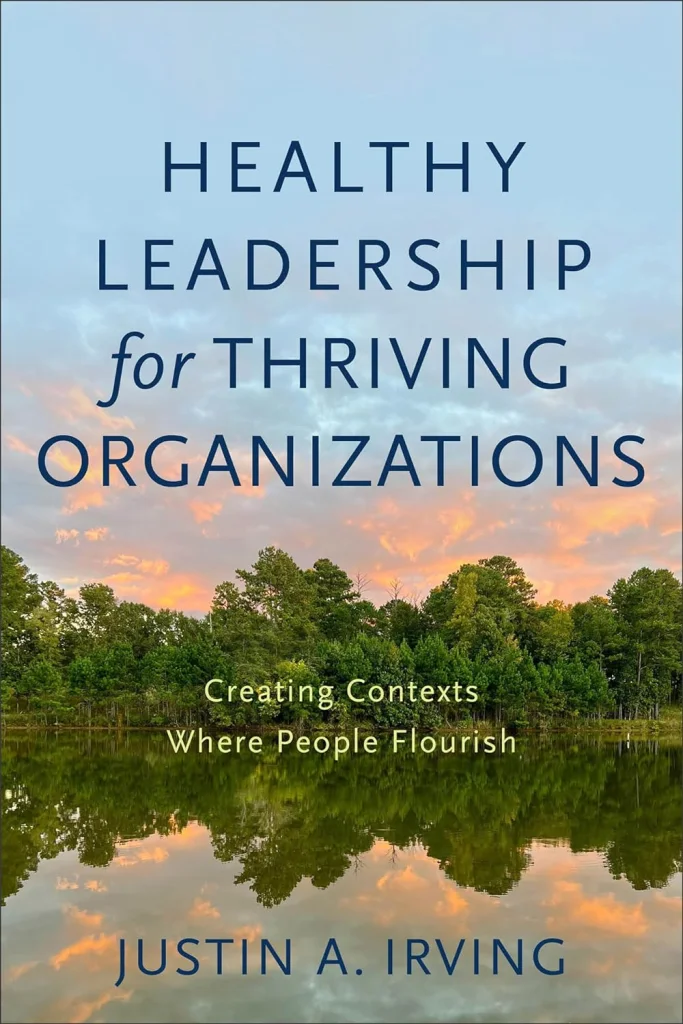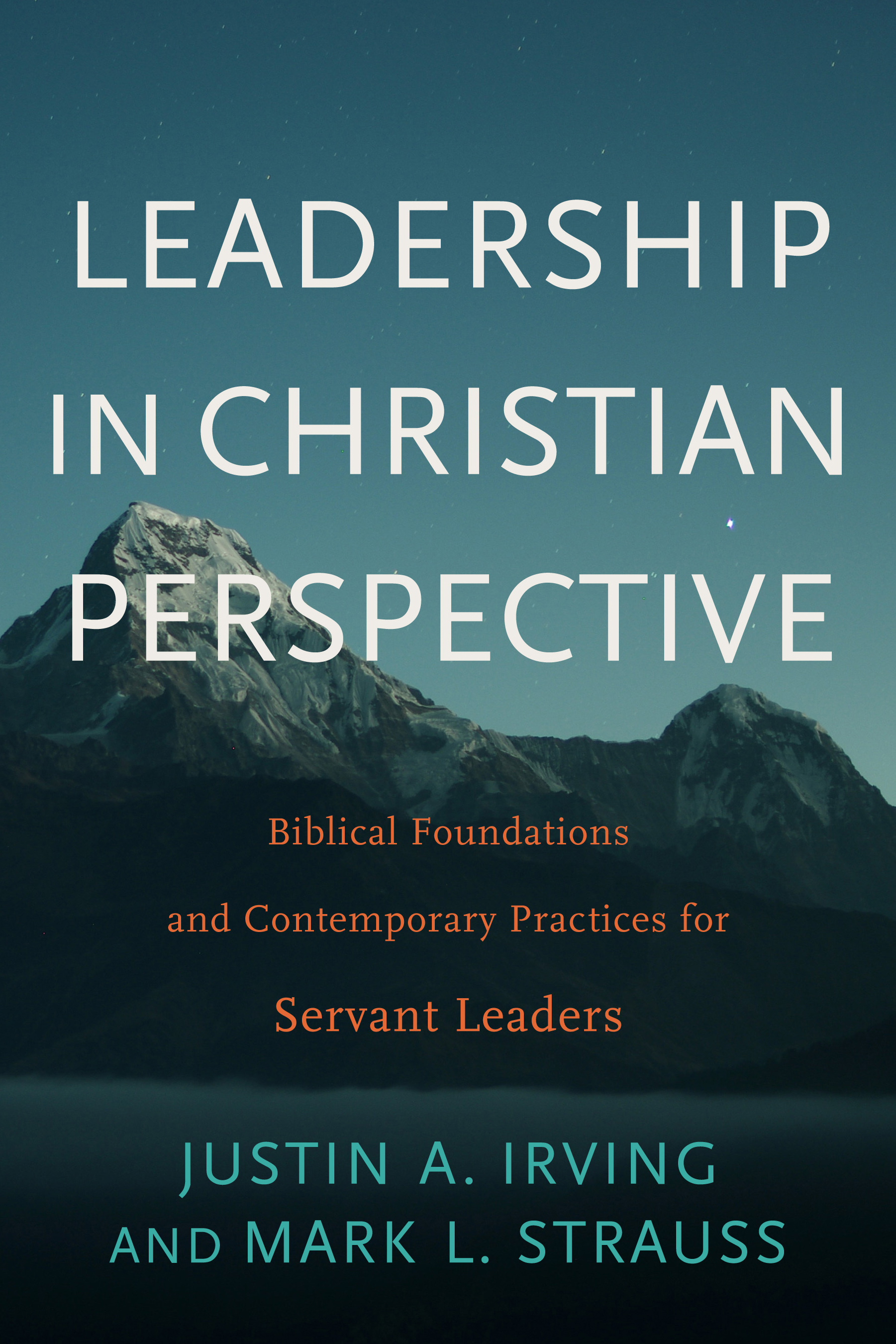Welcome to purposeinleadership.com! Check out my new book with Baker Academic entitled Healthy Leadership for Thriving Organizations: Creating Contexts Where People Flourish.
Here’s what others are saying about the book:
“Justin Irving is masterful at elaborating all the essentials necessary to cultivate leadership that creates environments where people can flourish. Providing practical tools, he empowers readers to discover where they are and offers a clear path to thriving. Grounded in biblical truth, wisdom from accomplished practitioners, and sound research, Healthy Leadership for Thriving Organizations is a vital guide for leaders at every level.”
Tami Heim, president and CEO, Christian Leadership Alliance
“In this excellent and needed book, Justin Irving engages widely with Scripture and draws on helpful insights from the field of leadership studies to equip Christian leaders to pursue faithfulness for the glory of God and the flourishing of the organizations they are called to steward. I look forward to assigning this book in my own classes on leadership. Highly recommended.”
Nathan A. Finn, executive director, Institute for Transformational Leadership, North Greenville University
“Many Christians who believe that God has called them into roles as organizational leaders have wrestled with worldly expectations to be charismatic and all-knowing, yet Scripture urges them to ‘live a life worthy of the calling you have received’ by being ‘completely humble’ (Eph. 4:1–2). Irving reconciles humility and organizational leadership throughout this practical and theologically grounded guide to the kind of leadership our society so sorely needs.”
Katherine Leary Alsdorf, founding director, Redeemer’s Center for Faith & Work; former Silicon Valley CEO
“You can’t have a healthy organization without healthy leadership. Does that sound simplistic or obvious? The reality is that failed leadership hinders organizations and harms real people. In this book, Justin Irving has done us all a great service by integrating Christian truth with current research, as well as collecting insights from a wide range of effective leaders. The result is a resource that has the potential to clear the fog of much that distracts us from the priority of healthy organizational leadership.”
Matthew J. Hall, provost, Biola University
“In Healthy Leadership for Thriving Organizations, Justin Irving provides a theological framework for individuals and organizations that desire to flourish. Utilizing astute sources, best practices, and qualitative research from current ministry and marketplace leadership, Irving offers invaluable wisdom on leadership. Whether you are training leaders or establishing a thriving organizational culture, this book is a must-have resource. I highly recommend it.”
Jamaal E. Williams, lead pastor, Sojourn Church Midtown; president, Harbor Network; coauthor of In Church as It Is in Heaven: Cultivating a Multiethnic Kingdom Culture
“Healthy Leadership for Thriving Organizations is a gift to anyone ready to lead or live in a healthier organization. A sage once said that people will take care of the mission if their leaders first take care of them. This timely book helps turn such wisdom into transformed teams one page at a time. Its practical blend of Scripture, research, and firsthand reports from the front lines provides a recipe for leadership effectiveness and organizational success that should be on every leader’s menu.”
Dondi E. Costin, major general, US Air Force (retired)











